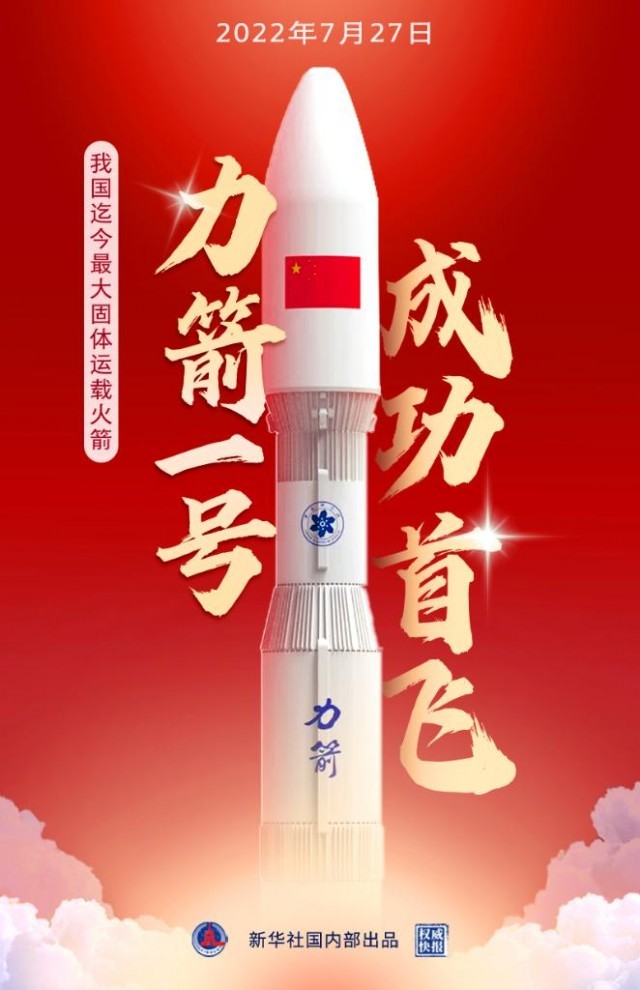National Supercomputing Chengdu Center holds hands in Chengdu University of Technology Planet Science Center
Author:Chengdu Daily Jinguan Time:2022.08.08
Are you curious how the moon formed? How did the widely spread theory of the big collision simulated? ... Today, the reporter learned from the National Supercomputing Chengdu Center that the center jointly became the Planet Science Center of the Dudu University of Science and Technology to jointly unveil the mysterious veil behind the theory of the lunar collision.
Regarding the formation of the moon, the theory of accepting the highest degree of acceptance is "big collision theory". The doctrine believes that about 4.4 billion years ago, a Mars -sized object hit the earth that had just been formed. After the impact, a large amount of substances from this planet and the earth were sputtering into space, and eventually gathered to form the moon.
The big collision incident not only formed the moon, but also determined the initial heat -physics -chemical state of the earth. Therefore, the research on the development of large collision simulation can not only help humans understand how the moon is formed, but also understands the earliest evolution of the earth and moon system. key. However, for a long time, the work of the domestic big collision numerical simulation has not been carried out, which has become an area that needs to be improved in my country.

The team of associate professors of the Planet Science Center of Chengdu University of Science and Technology broke through the technical bottleneck of the large collision simulation of the moon formed. For the first time, the planets based on the SPH (smooth particle fluid dynamics) method were launched in my country to form a large collision simulation research on planets. Recently, Associate Professor Zhou You relying on the national supercomputing Chengdu Center's computing power resources to further perform a super high -resolution big collision simulation.
Associate Professor Zhou You said that the big collision numerical simulation is the best means to verify the theory of big collision. Numerical simulation can provide the initial conditions such as collision speed of large collision events, collision angle and other initial conditioning information. A series of collision process and collision results information. At present, the main simulation method of the big collision theory is SPH (smooth particle fluid dynamics).
It is reported that the SPH method is a dynamic solution method that is not a grid, adaptive, and Lagranri. The discrete point is used to construct an approximate function, so as to convert the partial differential equation into a series of discrete and only constant differential equations related to time, and finally solve these constant differential equations through the traditional numerical solution method.
It is worth mentioning that the resolution of simulation is the most important indicator for testing simulation performance. In recent years, the resolution of mainstream simulation has basically reached about 1 million particles, and the maximum of more than 10 million particles. In the face of massive data, researchers need the cooperation of software and hardware to complete the simulation.
Associate Professor Zhou You introduced: "The National Supercomputing Chengdu Center has played an important help for our high -resolution simulation. The center has good hardware equipment, and engineers have rich experience in adapting software and hardware. Based on the Chengdu Center platform, we have launched a high -resolution SPH collision simulation for the first time in China. The resolution has reached 12 million particles, which improves our calculation efficiency. ","
It is understood that the SPH method can not only be used for the simulation of planet formation, but also has a good application for various explosions of daily life and high -speed impact. In addition, this method can also be used for the construction of various scenes in games and animated movies.
Chengdu Daily Jinguan News Reporter Wu Yizheng Editor He Qixie Intern Editor Lu Yarui Figure National Supercomputing Chengdu Center
- END -
Xinhua Full Media+| Reporter visited Sanya's first gas film square cabin laboratory

Hainan Sanya's first air film square cabin laboratory was completed and put into u...
Lie Jian No. 1 Lae -Lead Rockets successfully flew for the first time

Lie Jian No. 1 Launar Rockets successfully flew at noon on July 27, 2022 at noon a...